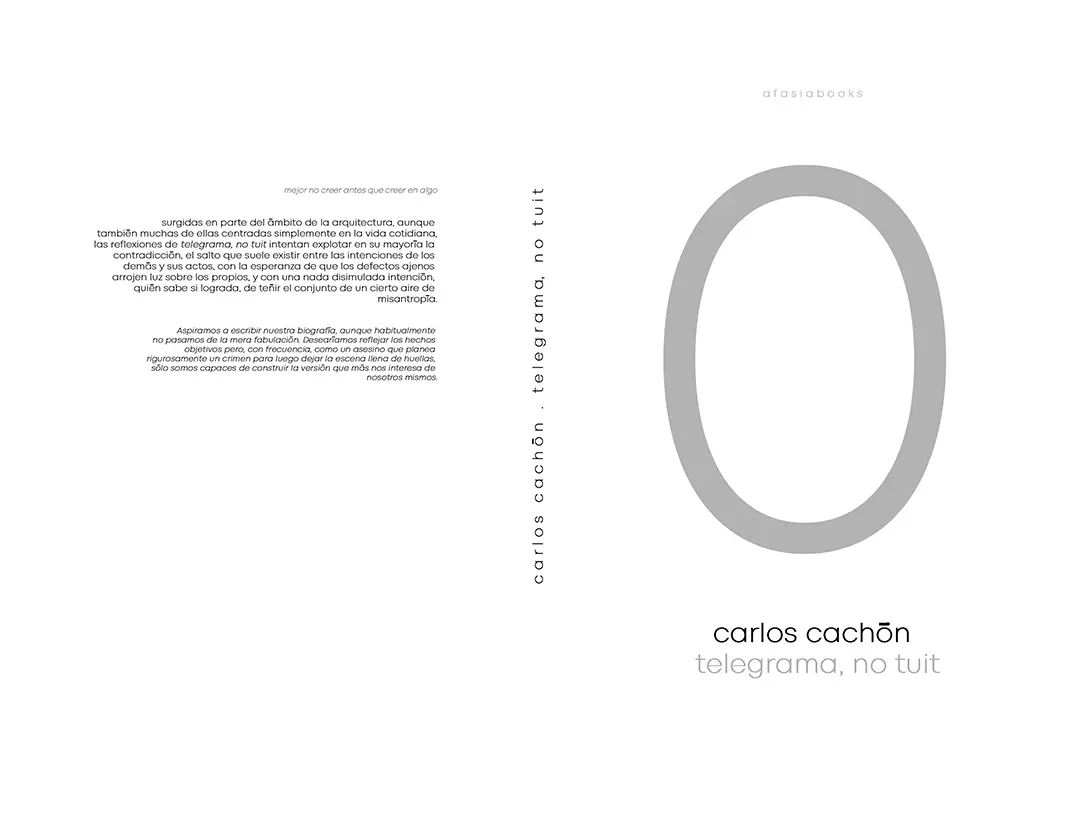The project sets the restoration of Sant Julià’s Castle enclosure – 19th century fortress- and the recovery of its surroundings, through the creation of a facility to host a Contemporary Arts Centre, accompanied of complementary services: workshops for artists, auditorium, hotel and restaurant. The fortress is formed by a set of units, built with vaults and walls made of stone with considerable thickness, the majority of them half-buried and communicated through tunnels that run across the mountain.
The lower level of the set hosts the museum area and the hotel is placed on its highest, the area that was formerly known as the “stronghold”, the zone where the explosives used to be stored. A big auditorium with oval section 7,5m high and reinforced concrete vault, is placed at the center of the set, next to the main entrance. All the new buildings also incorporate exposed reinforced concrete as prominent building material.
Being a project that combines restoration and new construction there are two basic building solutions. The prominent one keeps the austere fortress spirit of the existing castle, with half-buried walls and green roof covered with soil and vegetation. This concept is complemented in certain areas with glazed walls buildings with lightweight facades and roofs made out of corten steel.
_
El proyecto plantea la restauración del conjunto del castillo de Sant Julià -fortaleza edificada a finales del s.XIX- y la recuperación de su entorno, mediante la creación de un equipamiento destinado a Centro de Arte Contemporáneo y de unos servicios complementarios: talleres para artistas, sala de actos, hotel y restaurante. La fortaleza la forman un conjunto de dependencias construidas con bóvedas y muros de piedra de grueso considerable, la mayoría semienterradas y unidas entre sí por túneles y galerías que discurren por el interior de la montaña. La parte inferior se destina a los espacios del museo, y el hotel se coloca en la cota más elevada, coincidiendo con el llamado "reducto", lugar donde se guardaban los explosivos. Se proyecta en el centro del conjunto, bajo la entrada principal, una gran sala de actos de forma ovalada, de 7,5 m de alto, con bóveda central de hormigón visto. Todos los nuevos edificios incorporan también el hormigón visto como material básico. Al tratarse de una obra combinada de rehabilitación y nueva construcción se ha optado por dos soluciones constructivas básicas. La dominante mantiene el carácter de fortaleza enterrada del castillo existente, con muros semienterrados y cubiertas de tierra vegetal. Esta solución se complementa en determinados sectores del conjunto con edificaciones de cerramientos acristalados, fachadas y cubiertas ligeras con acero corten. Centro Internacional de Arte Contemporáneo y Hotel en el castillo de Sant Julià de Ramis Datos de situación España, Sant Julià de Ramis, Montaña de Sant Julià de Ramis autores Fuses-Viader Arquitectes SLP Josep Fuses Comalada Joan M. Viader Martí Colaboradores Cristian Vallés (ingeniero) Blàzquez-Guanter, arquitectes slp (Estructuras) Carla Arruebo (Arquitecta) Jordi Serra (Arquitecto) Pilar Arbonès (Administración) Arquitecto Técnico o Aparejador Francesc Rodríguez Promotor LUTECAF S.A. Fotógrafos Jordi Mas Josep M. Torra Carlos Suárez Kilzi Empresa Constructora LUTECAF S.A. Superficie construida 11.465,60 m2
































